
DOCUMENTARY PHOTOGRAPHY
The report explores the harrowing reality faced by the residents of various regions in Iran, particularly those in areas affected by the Iran-Iraq war. It sheds light on the ongoing dangers posed by landmines and unexploded ordnance, remnants of past conflicts, which continue to claim lives and hinder the daily lives of civilians. Despite efforts by demining specialists like Mosaed, the threat persists, with tragic consequences for individuals and communities.


It is Susangerd. A small city located 70 kilometers away from Ahvaz in the southwest of Iran. This area was completely occupied by Iraq during the Iran-Iraq war (1980-1988). It takes about 20 minutes to drive to the Chazabeh border. The area along this road is one of the most terrifying minefields on the Iran-Iraq border.

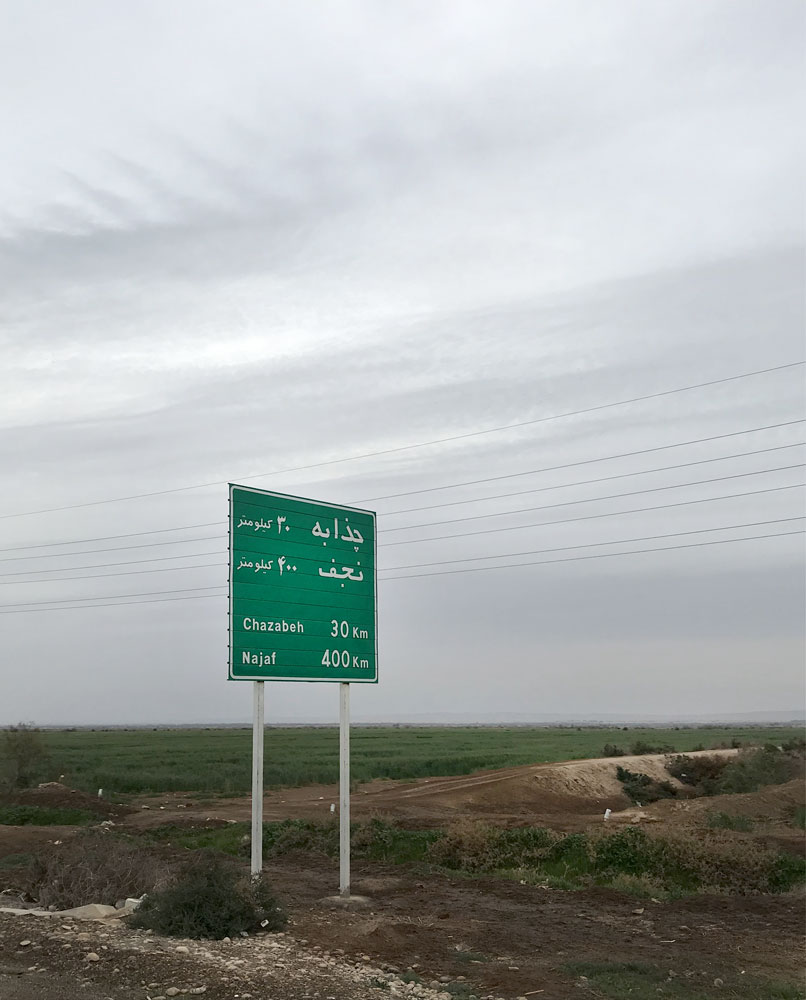
The route leading to Chazabeh is a straight asphalt road through the plain, which in some parts enters Iraqi territory. Along the route, a checkpoint controls the traffic, allowing only military and mine detection vehicles, and transit trucks to pass.


On both sides of the Chazabeh road, thousands of square kilometers of armed and explosive-laden fields remain from the war, extending into the territory of both countries.


According to the official announcement of the Iraqi government, Saddam Hussein had deployed 25 million mines from military arsenals during the war. This means approximately half of Iran’s population during those years.

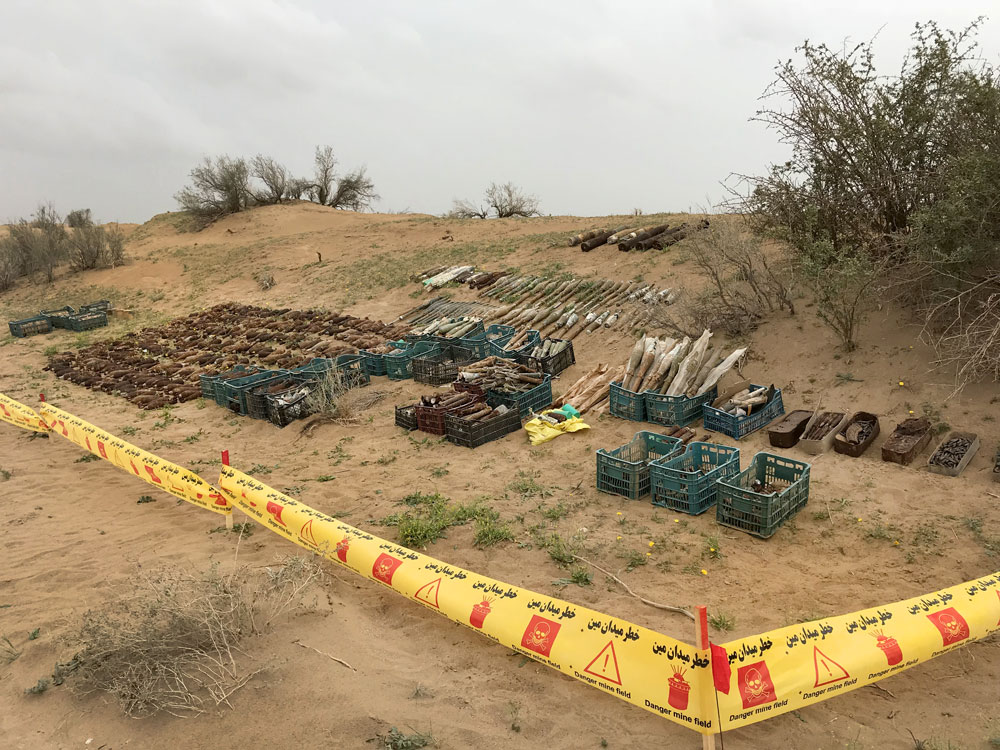
A significant number of unexploded mines detonate daily, resulting in the deaths of villagers and residents in various war-affected areas spanning five provinces of Iran.


But that’s not all. Millions of dangerous explosive weapons, missiles, and unexploded bombs remain buried in the soil, waiting for their victims even after about 40 years.
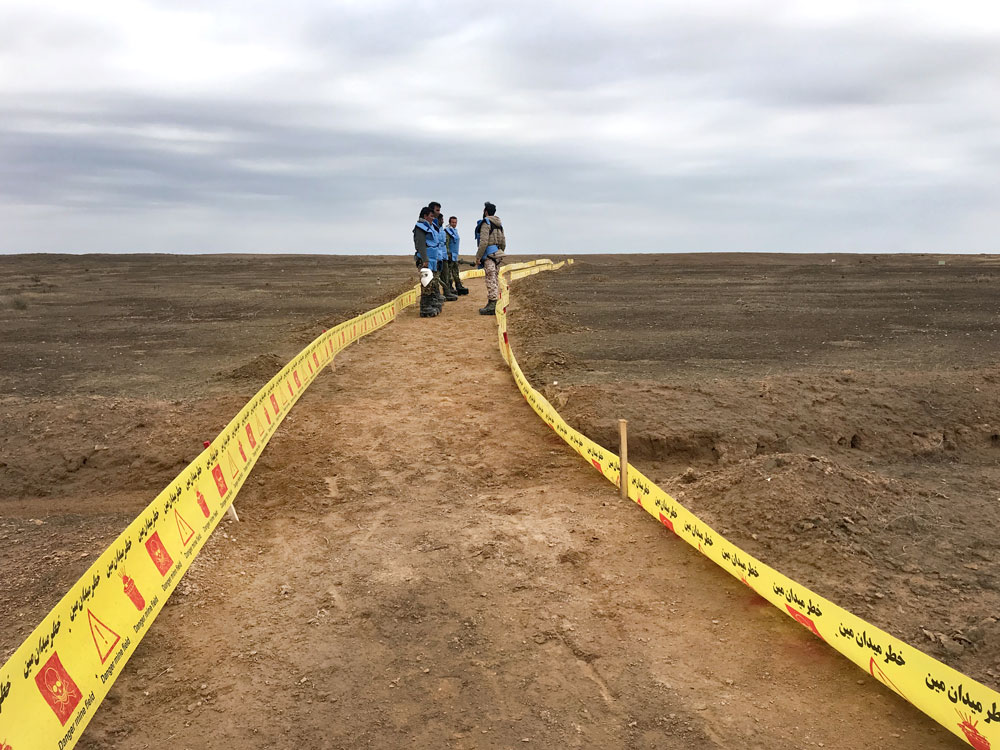

Demining specialists have meticulously searched and cleared every centimeter of soil for over 10 years. Explosive compounds, exposed to rain, sunlight, and seasonal conditions for years, have become highly sensitive and exhibit unpredictable behavior. The slightest disturbance or contact can trigger a deadly explosion.


Mosaed is one of these specialists. He was born in 1985 in a village near Chazzabeh. He completed a training course and is working as a deminer at the National Demining Center.


Mosaed has been working since 2005 and receives a monthly salary of 21,000,000 Rials (around $300 in 2018). He describes his profession as hazardous, as he puts his life at risk every day. However, his salary is low, and he is even insured as a labor worker. Last year, Mosaed was involved in an accident and lost part of his vision due to an explosion while demining.

Om-e-Younes married Mosaed thirteen years ago, and they continue to live together while she is fully aware of the hazards of his job. Sometimes, Om-e-Younes becomes so worried about Mosaed’s health that she spends hours crying alone at home. On the other hand, she says her biggest concern is the day when the mines in Khuzestan will be cleared, and her husband will need to migrate to Kurdistan or Ilam to find a job. Om-e-Younes and Mosaed have three children: Lamia, Younes, and Rahman.

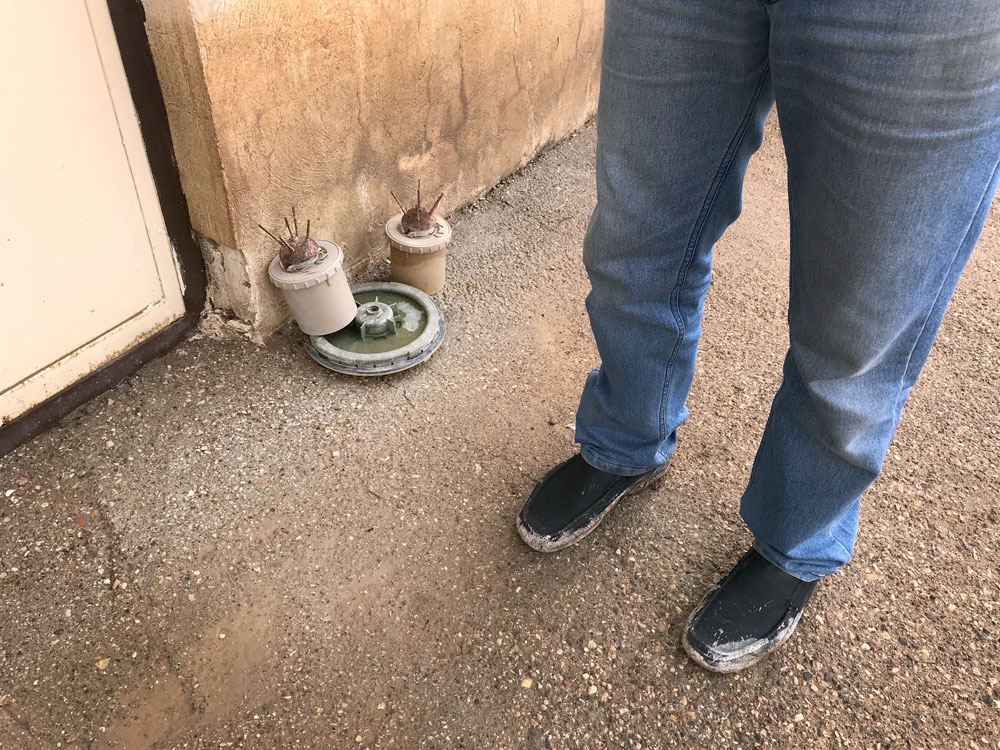
After UN Resolution 598 and the official end of the war, inhabitants, who were previously displaced in other provinces, returned to their homes. However, where their private properties once stood had now turned into an ocean of unexploded mines and bombs. They couldn’t even step on their lands. They wanted to rebuild their demolished homes, so they began plowing the armed lands.


Saddam Hussein once stated in one of his interviews, “Even if I am killed, I have left soldiers in Iranian soil who will continue the war.” The tribes of the Khuzestan region, along with their shepherds and livestock, are further victims of the war even after peace has been declared.

Here is East Haveyl village in Khuzestan province. When the landlord wanted to build a new house on his land, he found a 60mm mortar shell and an RPG missile in the foundation of his house. He has asked the mine clearance team to go there and clear his land. He is waiting for the deminers to finish their mission so that he can host them with tea.
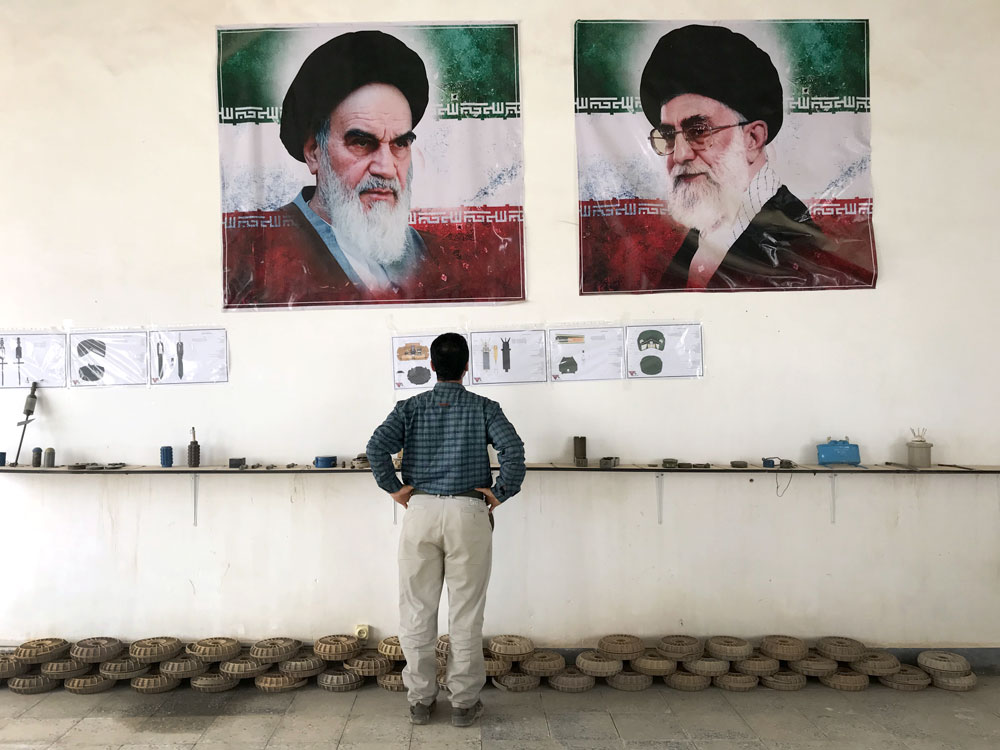
The tragedy is far from over. The images scream out in agony. We bear witness to the relentless struggle and sacrifices of those yearning for freedom and security, only to be thwarted by the wielders of power. Bloodthirsty dictators brandish their weapons, igniting wars to safeguard their twisted ideologies. You stand as direct witnesses to this unyielding injustice